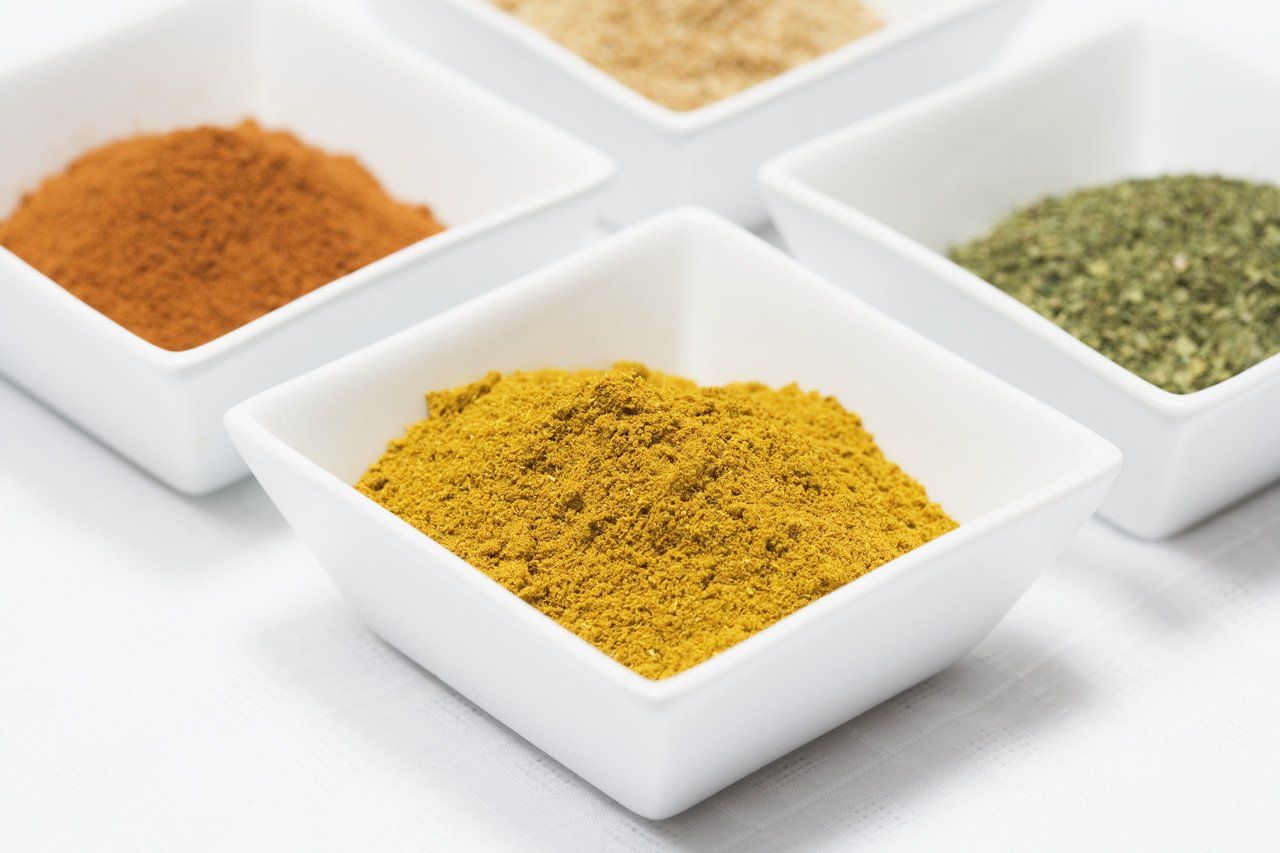Allergy to other foods.
For moms and dads:
We cannot rule out this possibility although it should not be the first option. Only between 6-8% of children under 5 have food allergies. If the mother ingests foods that produce an allergy to the baby, they will be transferred to the infant through breast milk.
For healthcare professionals:
Approximately 6-8% of all children under five years of age are allergic to one or more foods. The most common reactions are to eggs, soy, wheat, shellfish and peanuts. However, almost any protein in food can cause an allergic reaction.
Why do food allergies occur?
The causes of food allergies are not clearly understood, but a child is more likely to develop food allergy when other relatives have asthma, eczema, hay fever or allergies.
The transfer of intact antigens from the food to breast milk can expose the baby's mucosa to potential allergens that are capable of producing immune responses.
(Hill DJ, Roy N, Heine RG, Hoskings CS, Francis DE, Brown J, et al. Effect of a low-allergen maternal diet on colic among breastfed infants: a randomized, controlled trial. Pediatrics. 2005; 116: e7095)
(Jarvinen KM, Makinen-Kiljunen S, Suomalainen H. Cow's milk challenge through human milk evokes immune responses in infants with cow's milk allergy. J Pediatr. 1999; 135: 50612)
The immune system helps us protect ourselves from infections by identifying and attacking bacteria or viruses that cause disease. When the immune system wrongly responds to a food protein, it can cause inflammation and damage. Symptoms usually include:
Irritability, vomiting, diarrhea, bowel movements, trouble swallowing, rash.







